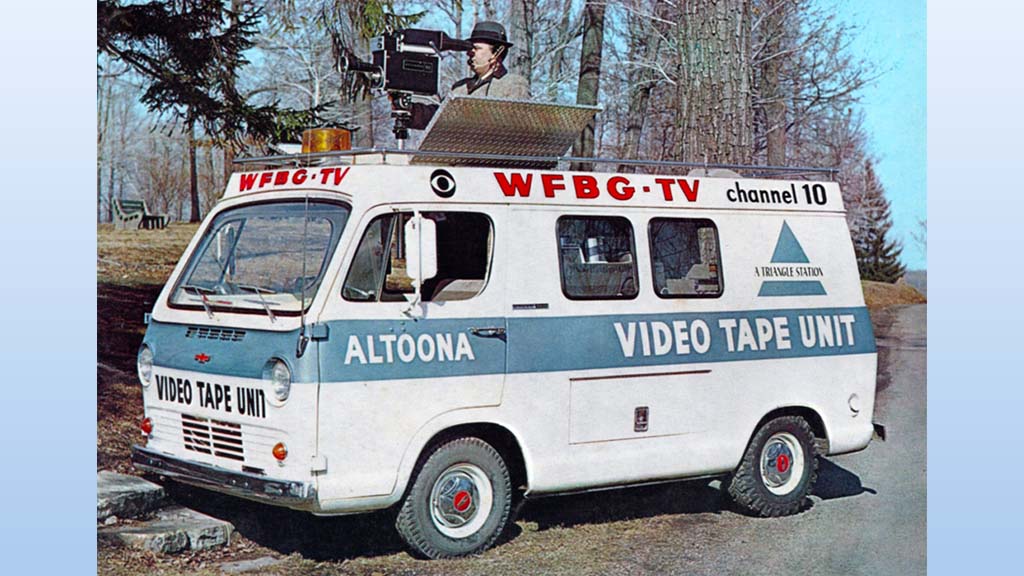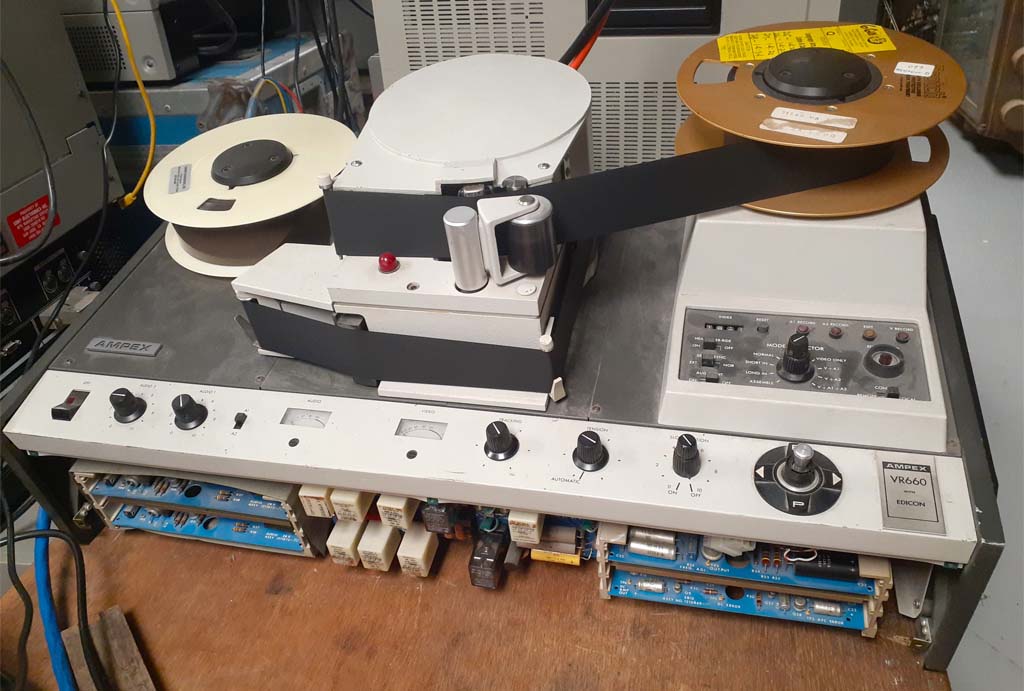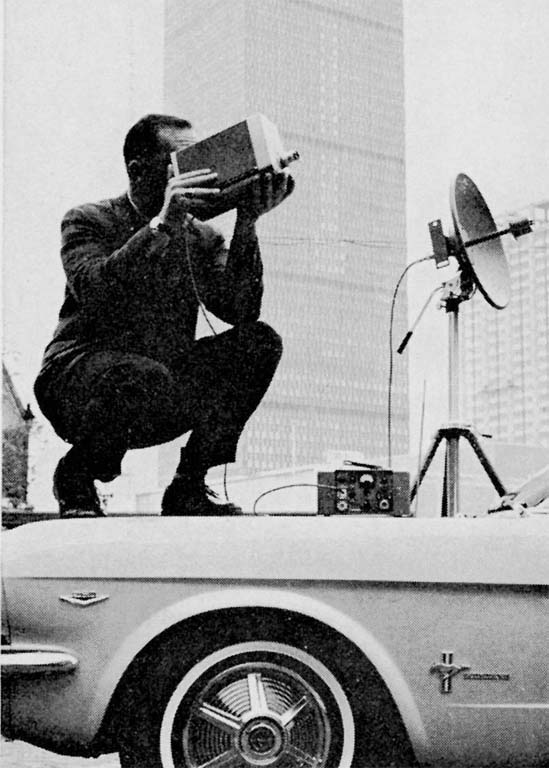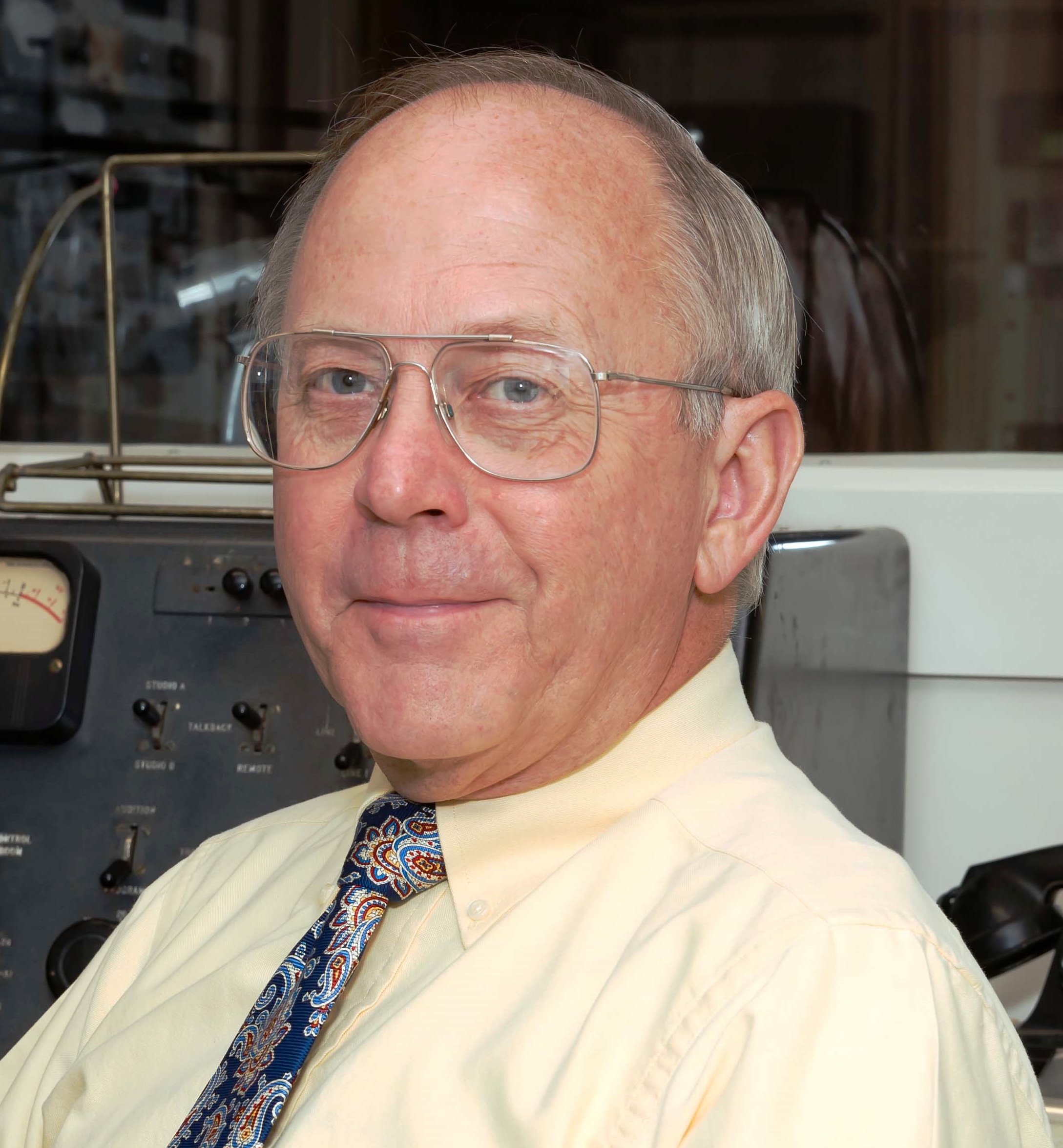The History of ENG, Part 2: Turning ‘You Are There’ Into Reality
ENG moves into true electronic journalism with the Triangle experiment

(In Part 1, published in the August issue, James O’Neal traced the origins of ENG. In Part 2, he examines the shift from traditional film to electronic methodologies in capturing news events)
Even in television’s infancy, broadcasters realized that merely reporting news events from a studio setting provided little in the way of engagement with their viewing audiences. Almost from the time that radio moved out of the starting gates, “man-on-the-scene” reporting—enabled by access to a well-established network of telephone circuits—became a standard ingredient of newscasts.
Some radio reporters developed a knack for creating very good “word pictures” of what they were witnessing in connection with breaking news events, with this practice developing into something of an art form by the 1940s. (Recall Edward R. Murrow’s reporting of live events as war broke out in Great Britain, which began with “This Is London” and included the warbling of air-raid sirens and other wartime sounds.) The best the few television stations in operation during World War II could do was to augment the reading of news service copy with a map indicating combat locations.
The Roadblocks
While pioneer television broadcasters longed to emulate the immediacy and spontaneity in on-the-scene reporting provided by their radio counterparts, the physical size, weight and electrical power consumption of TV gear precluded such operations. The equipment in use in the medium’s formative years was also finicky. An image orthicon camera required several minutes for warm-up and alignment. (Even the initial network reporting of the 1963 assassination of President John F. Kennedy was via a “bulletin” slide and a newscaster voiceover as studio cameras had been switched off and couldn’t be forced into immediate operation.)
Another factor limiting coverage immediacy was connectivity. Unless a common carrier (regional or national telecom) had already established coaxial cable or microwave linkage close to the area of interest, or a clear microwave path existed between the news scene and television station or mountaintop transmitter site, “live shots” were not possible.
On-the-scene video recordings were not really an option, either, as first-generation VTRs were large and heavy on power consumption (think multiple racks of vacuum tubes), making even the recording and delivery of tapes back to the station or network by a courier equally prohibitive in terms of spontaneity in news coverage. Even with the time required for chemical processing and editing, it was faster and less complicated for television broadcasters to send a crew with a 16-millimeter sound-on-film camera to a news scene.
However, by the mid-1960s, aided by the advent of better and more reliable solid-state devices (especially transistors), broadcast equipment manufacturers were beginning to show (and deliver) a number of smaller and less power-consumptive counterparts to the vacuum-tube-based designs that had launched the postwar television industry. This technological shift was especially noticeable as the second generation of videotape recorders started to appear, with VTR pioneer Ampex beginning to shrink the size and weight of its machines by replacing vacuum tubes with transistorized circuitry.
An Early ENG ‘Van’ Experiment
One of Ampex’s videotape recorder developments apparently caught the eye of someone at Triangle Publications, a major Philadelphia-based broadcast group that operated stations in multiple markets. The new Ampex machine—the VR-660—was released in late 1962. Despite its small physical size (about 30 by 18 by 15 inches) and a price tag about one-quarter that of the “quad” machines then in use by broadcasters, it delivered video also as good as the quads.
The professional video industry's #1 source for news, trends and product and tech information. Sign up below.
The VR-660, along with a “miniaturized” television camera from consumer/industrial electronics company Sylvania, provided the basis for experimentation by Triangle with videotape as an alternative to film for capturing news events.

During the mid-1960s, the group trialed an early iteration of single-camera no-frills completely electronic newsgathering. The experiment was conducted at Triangle’s New Haven, Conn., station, WNHC-TV (now WTNH), and at its Altoona, Pa., property, WFBG-TV (now WTAJ). Other Triangle stations may have also participated in the trialing, but after 60 years and multiple station ownership changes documentation is scant.
The compact size and reduced power requirements of the VR-660, along with the availability of a self-contained vidicon camera—a Sylvania vidicon model designed for industrial applications and providing “FCC-legal” EIA RS-170 sync—allowed Triangle engineers to create a small, easily maneuverable mobile unit that would be the forerunner of ENG units emerging a decade or so later.
The vehicle selected for the experiment—a Chevrolet ½-ton “panel truck”—was not much larger than automobiles of the era, allowing it to be easily driven and parked very close to events being covered. The greatly reduced power requirements of the solid-state gear selected for the project also negated the need for prearranging AC power drops necessary to meet the demands of that era’s conventional television mobile units, with their large, vacuum-tube-driven image orthicon cameras and racks of support electronics.
All gear in the Triangle vehicles—camera, recorder, video monitor and a small audio mixer—was easily powered via a 1-kW DC-to-AC inverter driven by a 24-volt battery charged from a second generator driven by the vehicle’s engine.)
Ready at a Moment’s Notice
Triangle’s modifications also included the cutting of a 3-foot hatch into the top of the vehicle and adding a support platform below for the camera operator, so that if time was of the essence, coverage of a news event could begin immediately without unreeling cables or setting up the camera “on sticks.” Due to the portability of the gear and the vehicle modifications, the operator could also record events while the van was in motion.
Rather curiously, there was apparently no attempt to incorporate microwave gear to the van’s equipment package to enable live transmissions, though at least one manufacturer was offering small, solid-state microwave links designed specifically for such applications. (By the mid-1960s, Microwave Associates (later M/A-COM and now MACOM) touted “lunch-box-sized” transmitters consuming a mere 50W that were intended “to bring live TV field coverage within range of every broadcaster.” The company even offered a small camera as an “accessory.”)
Although the Triangle newsgathering vehicle design was revolutionary, its use was rather short-lived. (When the author joined the WNHC-TV staff in 1970, the early ENG experiment was just a distant memory among some of the older staffers.) This was likely due to a number of factors, the greatest of which was the inability to easily edit the videotapes produced.

While the VR-660 utilized 2-inch videotape, its recordings could not be played back by conventional “quad” broadcast VTRs due to differences in head scanning. (In the interest of simplifying design and operation, the VR-660 incorporated a helical tape scan as opposed to the transverse scanning used in larger machines.) To edit recordings, stations either had to purchase a second VR-660 (around $14,000 in 1965; more than $140,000 in 2025 dollars) or transport the 100-pound machine from the van to the TV studio for dubbing the video to conventional “quad” VTRs that did provide editing capability.
Another major factor that possibly sidelined this early ENG attempt was the widespread conversion to color television broadcasting taking place in the 1960s. The initial Ampex VR-660s lacked color capability, and there were no small or easily portable color counterparts to the Sylvania camera at the time of the Triangle experiment. (Ampex did eventually add both color and editing features to the VR-660, but by that time, Triangle stations had moved away from ENG and into 16-mm color film for capturing news events.)
Although this very early foray into electronic newsgathering ultimately went nowhere, it doubtless captured the attention of others in the industry (the June 1965 issue of Broadcast Engineering magazine featured a cover story account of the WFBG-TV implementation). It was only a matter of time, along with the creation of equipment better suited to task, before the Triangle experiment would be repeated by others.
(The next chapter of this series tracing ENG’s history examines the beginnings of electronic newsgathering in its modern form, along with its early rollout at both station and network level.)
James E. O’Neal has more than 50 years of experience in the broadcast arena, serving for nearly 37 years as a television broadcast engineer and, following his retirement from that field in 2005, moving into journalism as technology editor for TV Technology for almost the next decade. He continues to provide content for this publication, as well as sister publication Radio World, and others. He authored the chapter on HF shortwave radio for the 11th Edition of the NAB Engineering Handbook, and serves as contributing editor of the IEEE’s Broadcast Technology publication, and as associate editor of the SMPTE Motion Imaging Journal. He is a SMPTE Life Fellow, and a member of the SBE and Life Senior Member of the IEEE.

